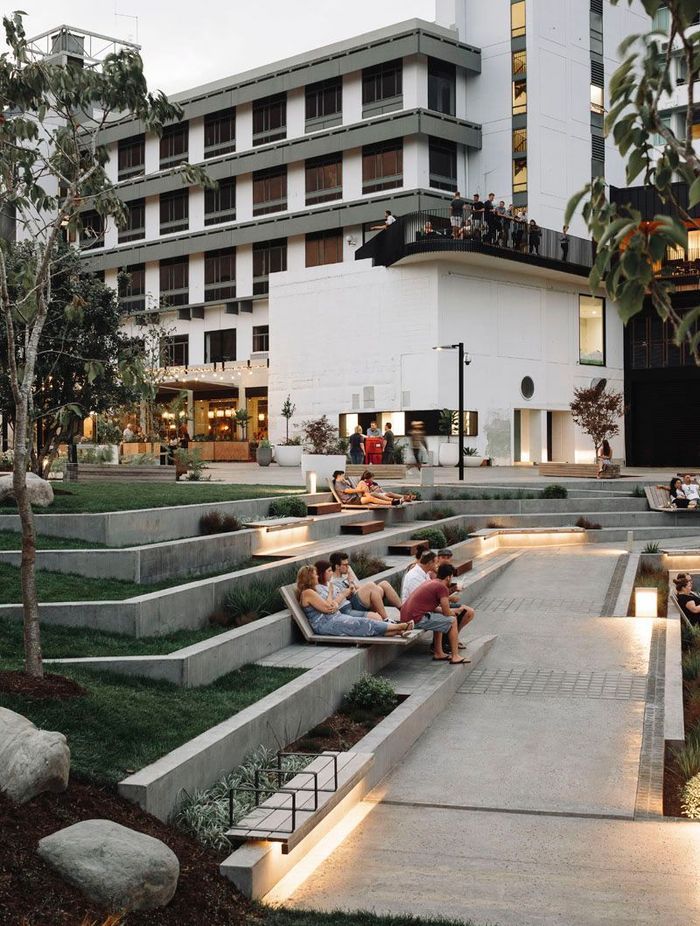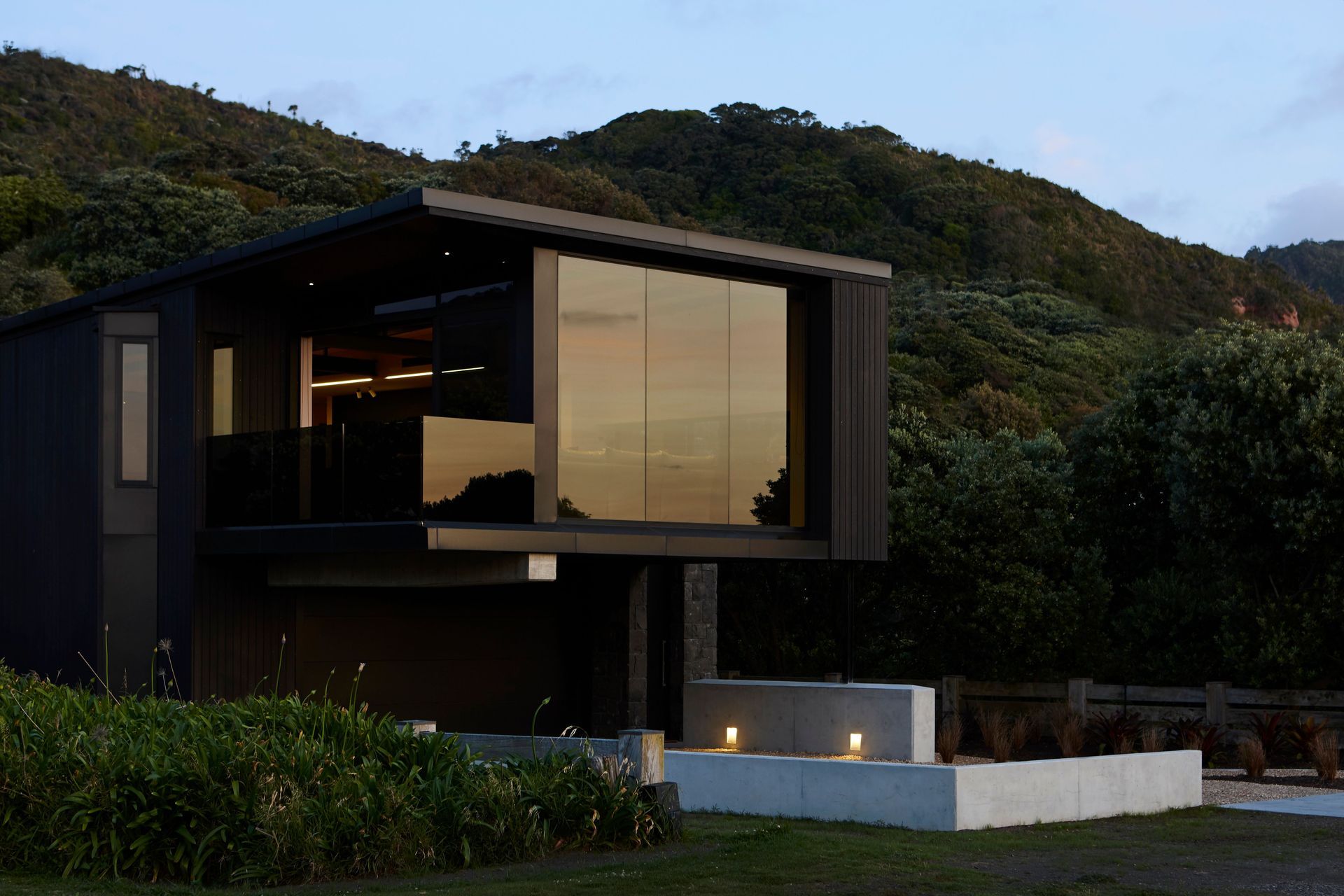A guide to achieving the perfect garden lighting…
Written by
07 May 2024
•
4 min read

Amongst beautiful flowers and groomed hedges, lighting is another way to achieve this. Going beyond a source of illumination, lighting can also add depth to a space, which can also be carried to your home’s exterior.
Gardens should stand out as a haven, be easy on the eye, and evoke a sense of comfort. Known to bring a sense of enchantment to a home, utilising the right lighting can help to emphasise beautiful focal points of your garden, from trees and statues to architectural features, and also work to illuminate pathways and add a sense of ambience.
New Zealand-born company Targetti is renowned for some of the country's most prestigious architectural lighting ranges. Founded and run by the Phillips family for over 50 years, Targetti also boasts incredible knowledge, making them the perfect team to confide in when curating your biophilic paradise.
We speak to Ardy Phillips of Targetti, an expert in lighting design and the perfect person to offer some advice when looking to add an element of architecture to your home garden.


What are some key considerations when mapping out a garden’s lighting?
Several key considerations must be considered when planning garden lighting to ensure a harmonious and functional outdoor space. Understanding the layout of the garden, including pathways, seating areas, and architectural features, is essential for determining where lighting is needed most and where potential hazards exist. Balancing different types of lighting, such as ambient, wayfinding, and accent lighting, helps create depth and dimension while enhancing the feel and usability of any outdoor space. By carefully considering these factors, one can create a well-lit garden that beautifies and extends the outdoor space's usability into the evening hours.
What lighting fixtures would you recommend?
When choosing the right lighting fixtures for an outdoor space, there are several aspects to consider, specifically functionality and aesthetics. Firstly, assess the specific lighting needs of the area, such as whether you need general illumination for safety and ambience, task lighting/way path lighting for specific activities or accent lighting to highlight architectural features or landscaping. Once you’ve identified this, think about the style and design of the fixtures to ensure they complement the overall aesthetic of your outdoor space or disappear into the foliage. Whether you prefer sleek and modern fixtures or rustic and traditional designs, choosing lighting that aligns with your personal style will enhance the visual appeal of your outdoor environment. When selecting fixtures for your outdoor space, ensure they have a sufficient IP rating and are made from non-corrosive material. Choosing durable and weather-resistant is crucial for the longevity of any exterior installation.

Do you have any tips and tricks for lighting to create an ambience within a garden?
When it comes to garden lighting, less is more. Be careful not to over-illuminate a space; do not go over the top with the quantity of fixtures and the output required. Choosing the correct luminaires and optical combinations can achieve the desired effect with fewer fixtures. Choosing lights with specific optics designed to achieve the required effect whilst reducing glare will make a massive difference to your outdoor space and enhance visual comfort. Using a warm colour temperature of 2700K helps create a more relaxed and moodier environment whilst accentuating the warmer tones found throughout gardens.
How can people effectively highlight focal points within the garden, such as trees, statues, or architectural features?
Effectively highlighting focal points within a garden, such as trees, statues, or architectural features, requires a thoughtful approach to lighting design. One strategy is spotlighting, which involves using directional projectors to illuminate the given object directly; this creates a more uniform and intense effect over the complete surface. This would be more commonly used to illuminate architectural features or sculptures.
Another technique is uplighting, achieved by installing lights at the base of trees, statues, or building facades and retaining walls to cast light upward. This method accentuates their verticality and form, producing a dramatic effect and enhancing the tones whilst creating shadows against the different textures and foliage. You would most likely use garden spikes or inground fixtures to achieve this, aiming up into the tree or against any surface.
The most common path-lighting techniques are bollards, garden spikes and in-ground fixtures. Depending on the intent, bollards can be spaced to illuminate the path and spill light into the surrounding gardens or controlled only to focus light onto the circulation spaces. Garden spikes are suitable for smaller pathways, where they can be spaced to create subtle glows throughout the environment, adding just enough light to see the way. In-ground fixtures with specific optics can be used to throw light across the face of the paths, adding pools of light grazing across the finished surface.
Learn more about Targetti Lighting on ArchiPro.
